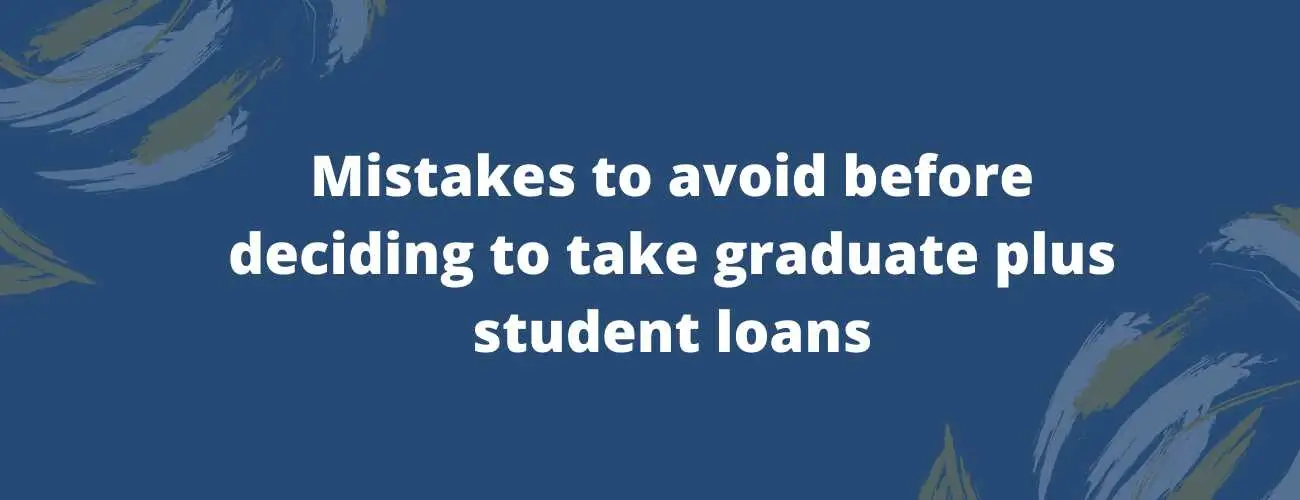Your guide to Income-Contingent Repayment Plan (ICR)
Income-Contingent Repayment is an repayment option granted by U.S Department of Education. Let's learn more about its working, eligibility, loans under ICR, Application process and more.
Updated by Jason Joy Manoj on 16th June 2020
Among the various repayment plans offered, Income-Contingent Repayment Plan (ICR) is one of the most beneficial if the borrower has a low income after graduation. It is only provided by the United States Department of Education.
The payment amount that is to be paid by the borrower in this type of loan repayment depends on the borrower's flexible annual income. It is useful for undergraduate students and even for graduate students as well, who repay the loan based on their annual income.
ICR was available since 1st October 1993 as a part of the Direct Loan Program or the Income-Driven Loan Repayment Program.
The monthly repayment amount is calculated and fixed yearly, depending on the fluctuations in annual income and family size of the borrower. This plan is offered to the students, parents as well as to married couples with Federal student loans. ICR is not offered by other banks or financial institutions.
If the borrower is having a Federal Direct loan, he/she may select this plan without consolidating their loan. Income-Contingent Repayment plans make the debt more affordable for a borrower who tries to keep up with the payments.
Lets read more on how to
List of Contents
- Overview of the ICR plan offered
- Eligible Loans
- How does it work?
- Eligibility Criteria
- Application Process
- Documents required for application
- Eligibility
- What if I don't qualify for ICR?
- Pros of ICR
- Cons of ICR
Overview of the Income-Contingent Repayment (ICR) Plan
ICR calculates the monthly repayment based on income and family size. It was first in the family relief option that includes Repay as you earn (REPAY) and pay as you earn (PAY).
In this plan, the repayment is 20% of your annual discretionary income, the payment paid with a fixed plan over 12 years. If one goes for the 20% option, then you can make installments for up to 25 years.
Repayment term - The repayment term is 25 years for ICR with a repayment amount being 20% of the discretionary income of the borrower or the fixed payments amount based on a 12-year loan term.
The borrower's monthly repayment will be the minor of 20% of his/her changeable income or the amount paid would be a fixed repayment amount covering 12 years, fixed annually based on the income of the borrower. The repayments are calculated every year depending upon the upgraded earning, the size of the family, and the remaining amount of Direct Loans.
The outstanding repayment amount is forgiven if the repayment amount is not paid in the term of 25 years. The borrower has to pay tax for the amount that is pardoned.
Eligible Loans for Income-Contingent Repayment Plan
The borrowers with any Direct loan with an acceptable loan type can choose ICR as a repayment option. The term period is 12 to 25 years. The borrower can pay his/her debt early.
There are no prepayment fees because in this repayment plan borrower ends up paying more as compared to the standard 10-year plans.
It is a good option for people searching for the Public Service Loan Forgiveness program. The parents borrowing loans for their child can reach this plan by consolidating Parent PLUS Loans into the Direct Consolidation Loan.
1. Direct Subsidized Loans borrowed by a Grad student from the Direct Loan Program
2. Direct Unsubsidized Loan borrowed by graduate, undergraduate, and professionals
3. Direct PLUS Loans for graduate students
4. Direct PLUS Consolidated Loans for parents
5.Direct Consolidation Loans not for Parent PLUS loan
6.Direct Consolidation Loans for Parent PLUS loan
In addition to the loans mentioned above, the other loans eligible for ICR, if they are consolidated into a direct consolidation loan first are - Subsidized Federal Stafford Loans, Unsubsidized Federal Stafford Loans, Federal Perkins Loans, FFEL Consolidation Loans, and FFEL PLUS Loans.
How does ICR Plan work?
The Income-Contingent Repayment (ICR) Program reduces the monthly student loan installments in two ways if the loan is approved. It completely depends upon the income or the current monthly payment of the federal student loans.
It demands the borrower to pay 20% of the discretionary income and the amount to be paid over 12 years on a fixed repayment plan adjusted according to the discretionary income. The payment would reduce by these two options.
Interest Rate - The interest rate of Income-Contingent Repayment is fixed for the existing loan period, it does not provide variable rates.
The weighted average of the interest rates of the loans is calculated because it depends on the average of interest rates and then is brought down to the expected 1/8th of a percentage score. The rate of interest is 3/5 in-school rate is lower. So, it is a perfect fit for the borrowers who want to change to this plan.
Loan Forgiveness - The borrower can receive forgiveness with the Public Service Loan Forgiveness program.
After making on-time payments for 25 years, the ICR allows student loan forgiveness on the remaining amount. If there are any left out payments on the student loans at the end 25 years of the loan term, the left loan amount doesn't need to be paid. The forgiven loan amount is taxable income. The borrower has to pay tax after 25 years of the term for the forgiven amount.
The borrower should make at least 120 payments in the Direct Loan program. Then after 10 years of working in public service, the borrower can avail the benefits of the Public Service Loan Forgiveness.
The Federal Loans including the subsidized, unsubsidized and consolidated loans are eligible. Parent PLUS loans are not eligible until they are consolidated Direct Parents PLUS Loans and Parent PLUS Loans.
The borrower is not trapped situation if the condition changes. It allows the borrower to make prepayments and pay more rapidly. It is compulsory for a borrower to pay the interest. If the interest is not paid, the interest amount is added to the loan amount every year
The payments for Income-Contingent Repayments are higher as compared to the other three debt-relief options.
Eligibility Requirements for ICR Plan
To be eligible for ICR there are some conditions based on the financial situation and the type of loan that a borrower has taken. To be eligible, the borrower must fall under certain guidelines. The borrowers who are not availing any IDR Plans and are seeking a low monthly payment on their federal student loans can apply for ICR.
1. The borrowers currently availing IDR Plans and want to make changes in their repayment plan can apply
2. The monthly payment must be less than the monthly expense of the payment that is to be made in a standard 10-year plan
3. The Adjusted Gross Income (AGI) is calculated and subtract by 150 % of the poverty line
4. The monthly payment is 15% if the money is borrowed before July 1, 2014
5. The maximum monthly payment tops will be 10% of the annual income if the credit is borrowed after July 1, 2014
6. The borrower can qualify for Public Service Loan Forgiveness after 120 repayments in a 10-year plan or after.
Income-Contingent Repayment Plan Application Process
The application process is very easy. The borrower can apply for income-driven repayments by mailing an income-driven repayment request to the student loan servicer, and it can be done online. Filling an application form online allows the borrower to consider loan payments before they apply.
The following are the steps one can follow to fill the online application form -
Search for studentloans.gov. The borrower can Log in using Federal Student Aid ID, or FSA ID. If you don't have an FSA ID you can create one.
1. Click on income-driven repayment plan request. Read the form to know what documents are required.
2. If the borrower qualifies for more than one income-driven repayment plan. The plan of the borrower is automatically assigned to the lowest payment plan, or the borrower can specifically choose ICR plans. Filling an application form online allows the borrower to estimate your loan payments before you apply.
3. Fill the further required information about your income and family. Include spouse’s information, if applying as a married couple, it will affect the payments under ICR.
4. The borrower's spouse will have to co-sign the application before it is completed even if the spouse is not present while filling the form.
5. The spouse is not bound to repay the borrower’s loan even if she/he has co-signed the ICR application.
Documents required for application
The documents that are needed for the Income-Contingent Repayment plan application form are as follows -
-
FSA ID
-
Permanent Residential Address
-
E-mail ID
-
Telephone Number (Home)
-
Mobile Number
-
Most appropriate Time to Reach the borrower.
The borrowers are given an option and can document their annual income electronically, through a data retrieval tool with the Internal Revenue Service by the federal government. The borrower's tax information would not be displayed on the website but the borrower would be informed. This information is hidden for security purposes.
If the borrower does not want to give Adjusted Gross because of a change in income, the borrower can still apply electronically with the last filed tax return. The borrower will be given instructions to provide the current income to the loan servicer.
The borrower is allowed to self-certify that the borrower has no current income in the application form in case the borrower is not earning.
For married couples, Income-Contingent repayment plans are based on both the individual's (husband and wife) income and loan information. To make it simple both have to co-sign the application form.
Do I have to re-certify under the ICR plan?
In order to stay qualified for the ICR plan, you need to recertify annually, although you might not have any significant changes in your income status you will still have to recertify.
Usually, your loan servicer will send you a reminder when it is time to recertify. Although you can readjust your payments ahead of time by submitting your recertification ahead of time. This is a good idea if your family size or monthly income changes significantly ahead of the deadline.
If given the unfortunate situation where you could not recertify by the deadline you will have to pay the same amount you were assigned previously owed under the 10-year standard repayment program.
Also Read - Best student loan repayment plans
Eligibility for Public service loan forgiveness.
If the borrowers desire to work in public sector, he/she is eligible for PSLF after 120 consecutive repayments. In PSLF forgiven amount is not taxable. But it can be hard to qaulify for PSLF.
ICR is calculated based on gross income, family size, stay, marriage status, annual income,total loan balance, current monthly payment, average interest rates.
What if I don’t qualify for ICR?
Not qualifying for ICR is not the end of the world as you have a number of options to go ahead with, but which next option is right for you is the question in hand. The next feasible option in terms of getting reduced payments each month would be to try and refinance your loans.
Loan refinancing simply means to take out a new loan to pay off an existing one. When we refinance a loan, we must try and get a deal where we have to make lower interest payments each month so our monthly income isn’t affected by a great deal.
But while refinancing we must be cautious as there are times where refinancing leads to higher interest payments to be made or a much longer payment term wherein the long run we end up paying the same amount cumulatively without refinancing the existing loans in the first place.
It should be noted that if we refinance our federal loans with a private lender, we will lose all the benefits like loan forgiveness, deferment, forbearance which we might want to redeem in the future. Refinancing student loans can also be an option.
Other Alternatives
If income-driven repayment is not feasible for you, you can choose extended repayment and graduated repayment plans. But do remember, that loan forgiveness and other protections will no longer be available. You will be able to qualify for this even without your details of income and might end up paying more interest. You can also refinance your student loans to pay lesser interests.
Confused about borrowing funds for college? Learn about student loans
Pros of Income-Contingent Repayment Plan
-
The borrower has to pay only 20% of his discretionary income. The low monthly payment of the borrowers with large debt in federal student loan and other loan categories are eligible for Income-Contingent Repayment
-
ICR has no income eligibility requirement for qualifying
-
Don’t require to have a partial financial hardship to enlist in ICR the borrowers with or without hardship can apply as there is no requirement of financial hardship for the eligibility
-
This repayment plan is also available for the borrowers with higher income
-
The information about the time and date of the previous loan taken are not required
-
Provides Public Service Loan Forgiveness after 10 years. After making 120 on-time payments.
-
The repayment term is 10 years to 25 years.
-
The borrowers are not trapped in that loan term forever. If the borrowers due to any financial change in condition tend to change repayment plans can do so.
Cons of Income-Contingent Repayment Plan
-
Greater monthly payments and a long payment term of a minimum of 10 years to loan forgiveness as compared to other IDR plans
-
If monthly payments of the borrower do not cover the interest on the loan, all the unpaid interest would be attached to the loan principal on the determined term
-
There is are no subsidies in ICR
-
The borrower may find that the monthly payments are more than the borrower would have been under the Standard Repayment Plan
-
ICR has the highest income capacity of all the income-driven repayment plans
-
The borrower probably pays more in total interest in extending the repayment period beyond the standard 10 years
-
If the borrower is applying along with his/her spouse, it will result in the consideration of consolidation and income earned by both, which will result in higher monthly payments
-
“Marriage penalty” which calculates the combined income of the couple which results in an increase in monthly repayment
-
25 years is the maximum repayment time and if given the situation that the repayment is stretched the total cost of the loan increases tremendously
-
The application form is required to be filled yearly because calculating payments depends on the flexibility of the annual income along with the family size.
| Minumum Credit Score | Apply in as little as | Variable APR | Fixed APR | ||
|---|---|---|---|---|---|
 | Not Available | 15 minutes or less | 2.95 | 4.74 | View disclosures |
 | 620 | 2 minutes | 5.38%-16.99%1 | 4.43%-16.99%1 | View disclosures |
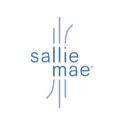 | Not Available | 15 minutes | 1.13% - 11.23%¹ (with autopay) | 3.50% - 12.60%¹ (with autopay) | View disclosures |

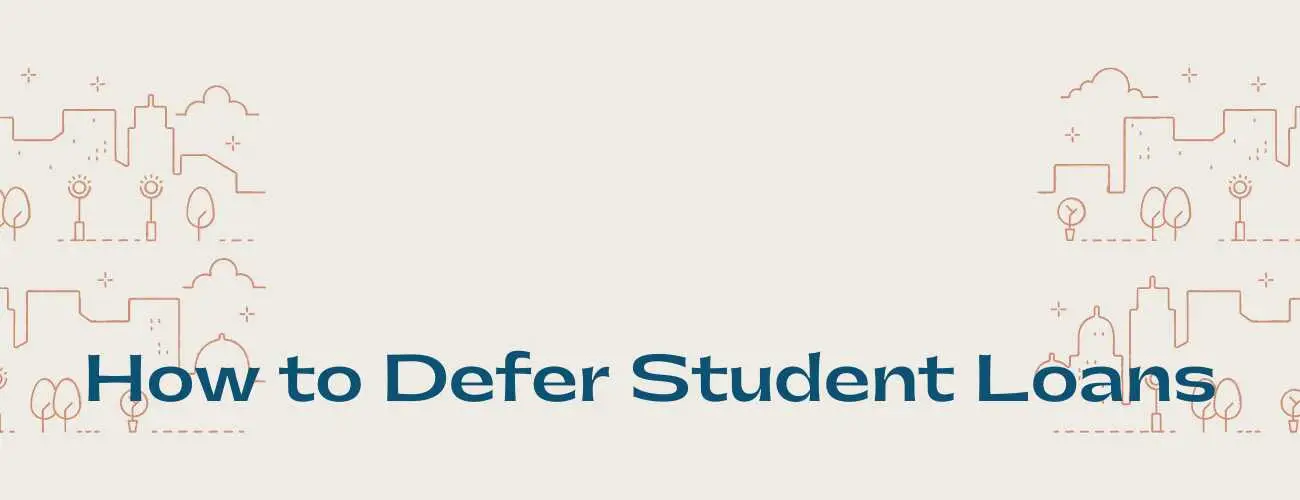
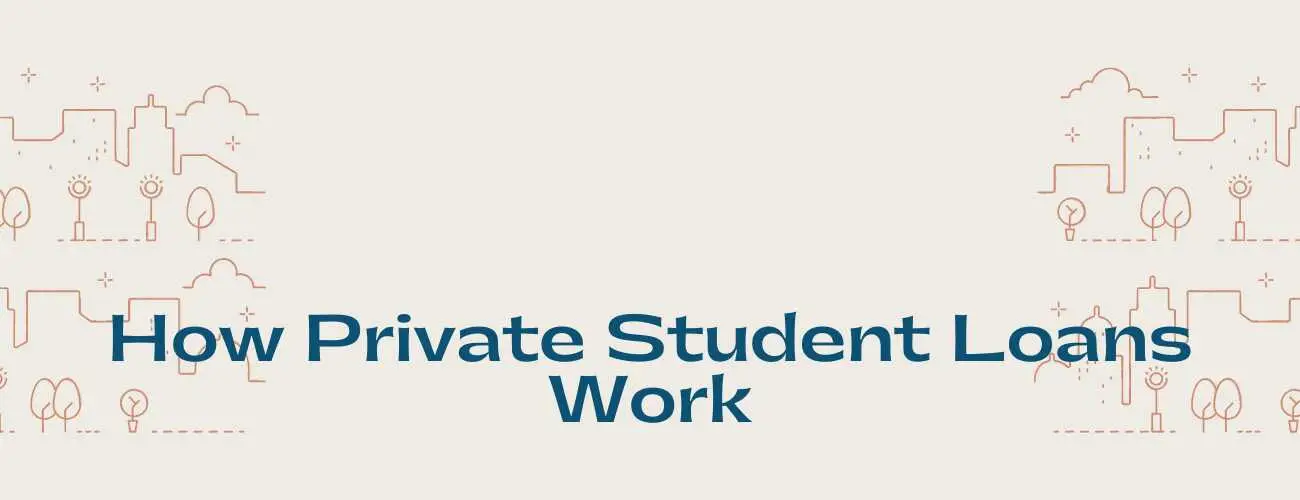
93.jpg)
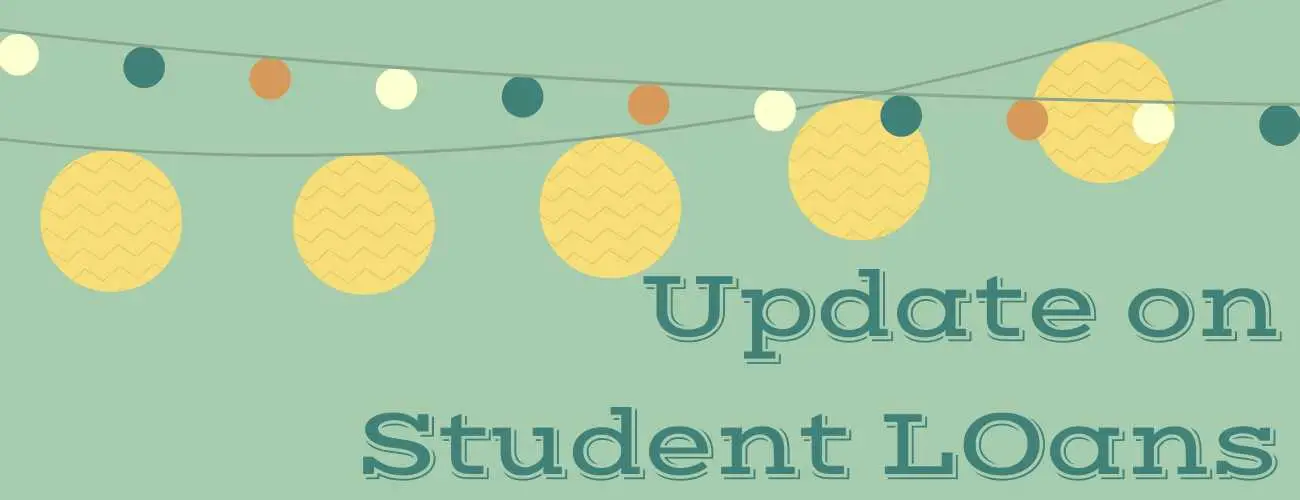

28.jpg)
